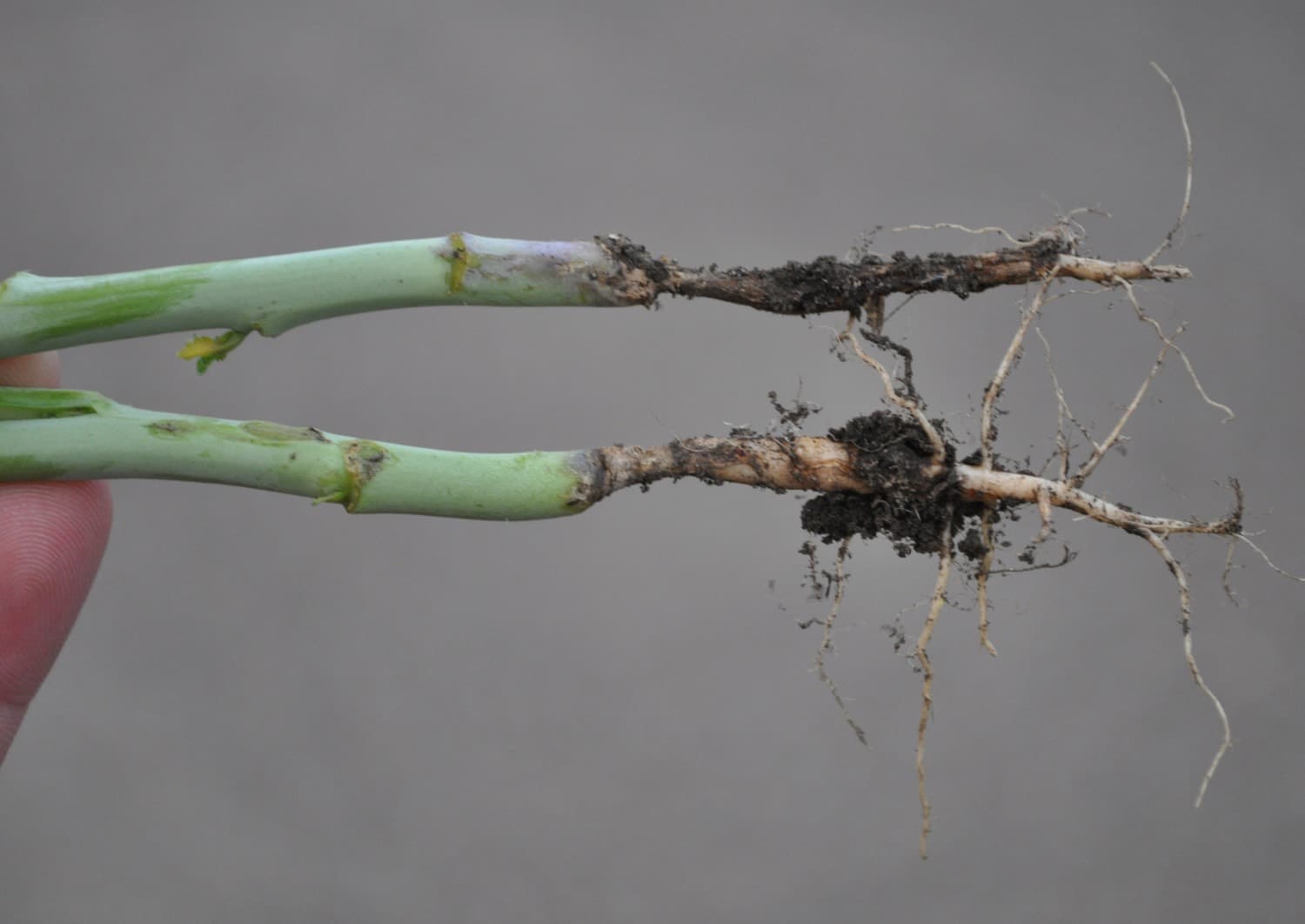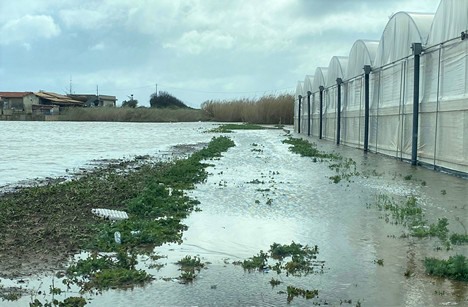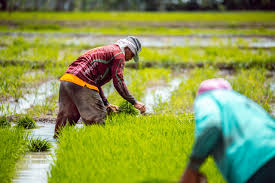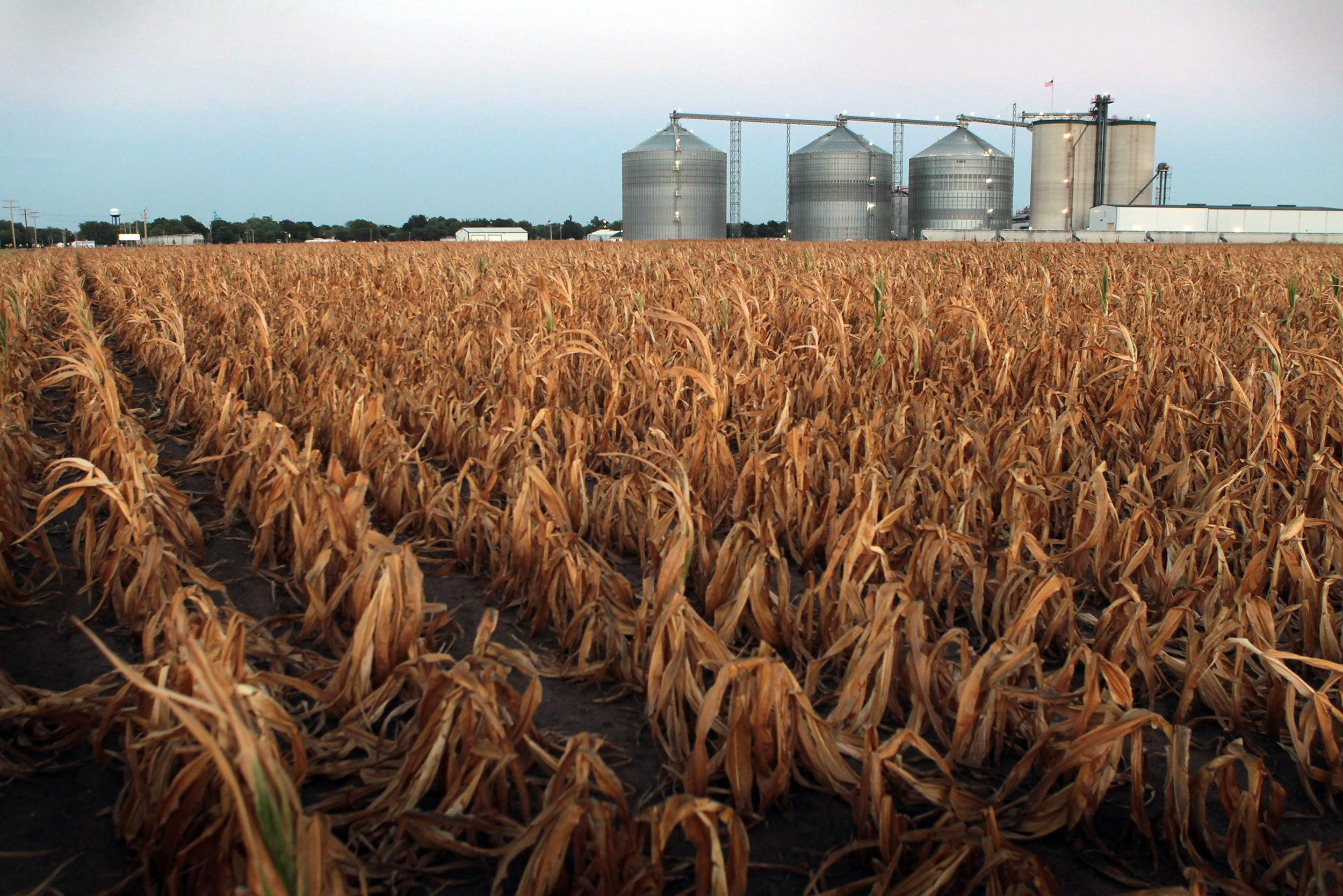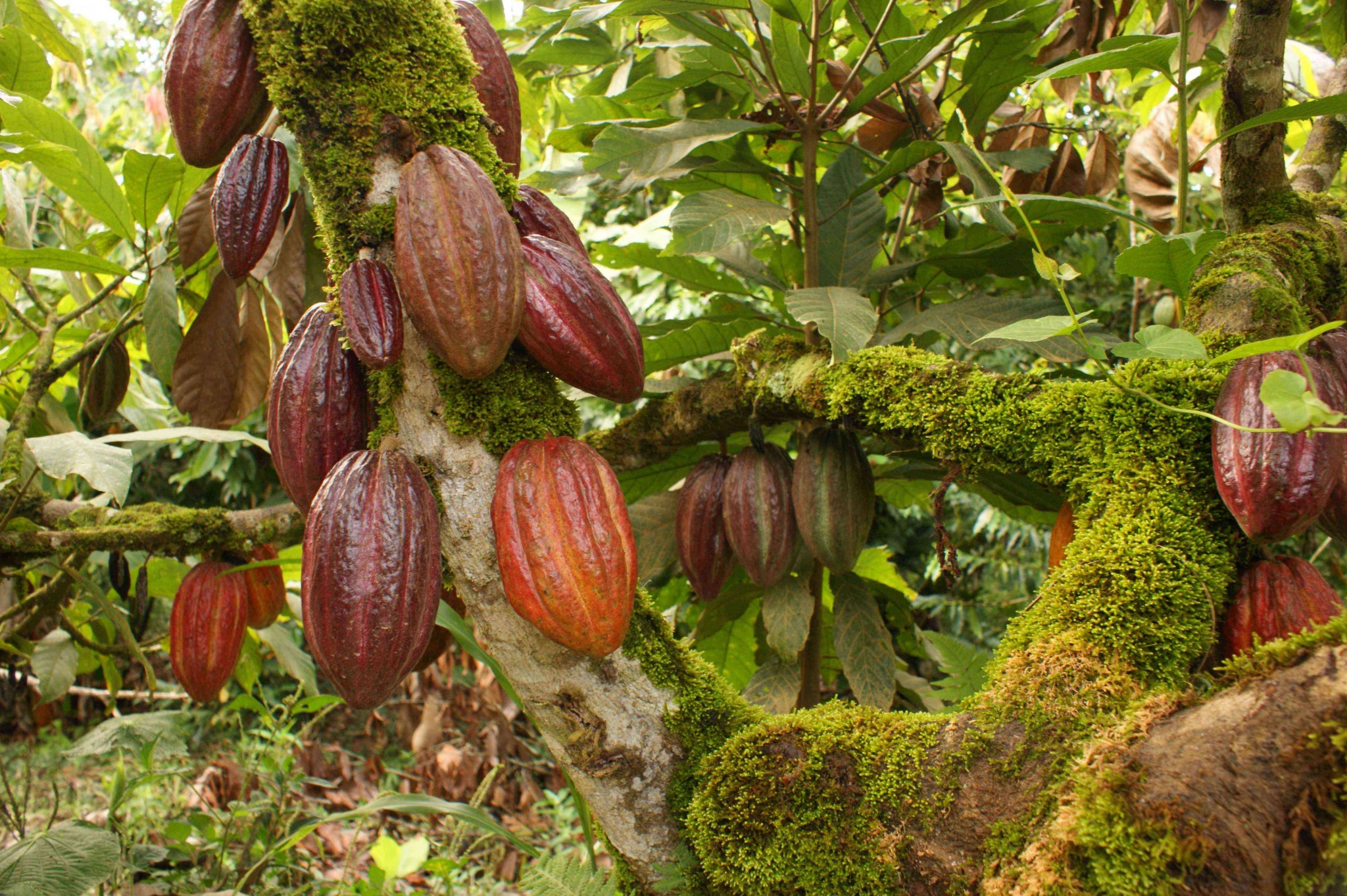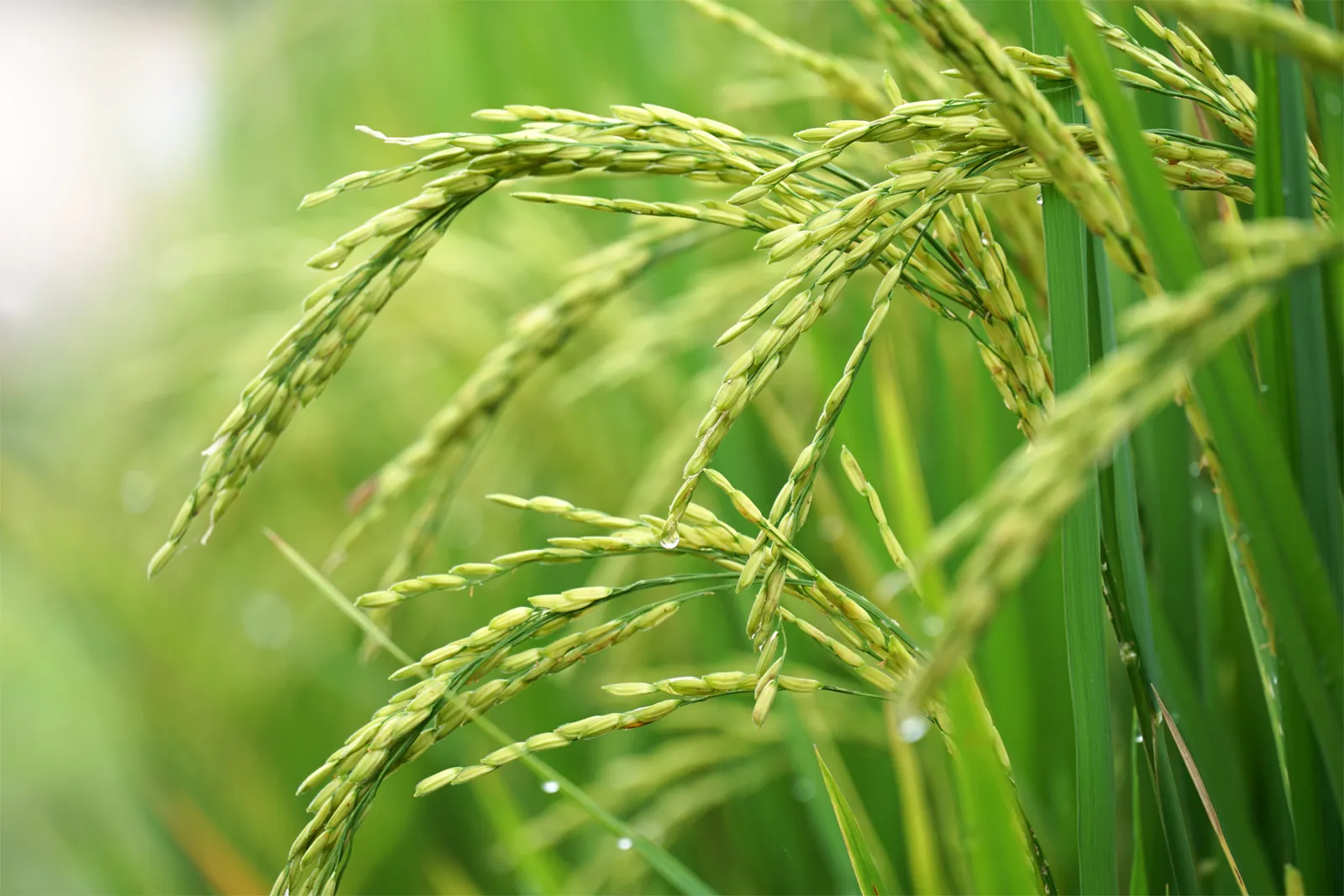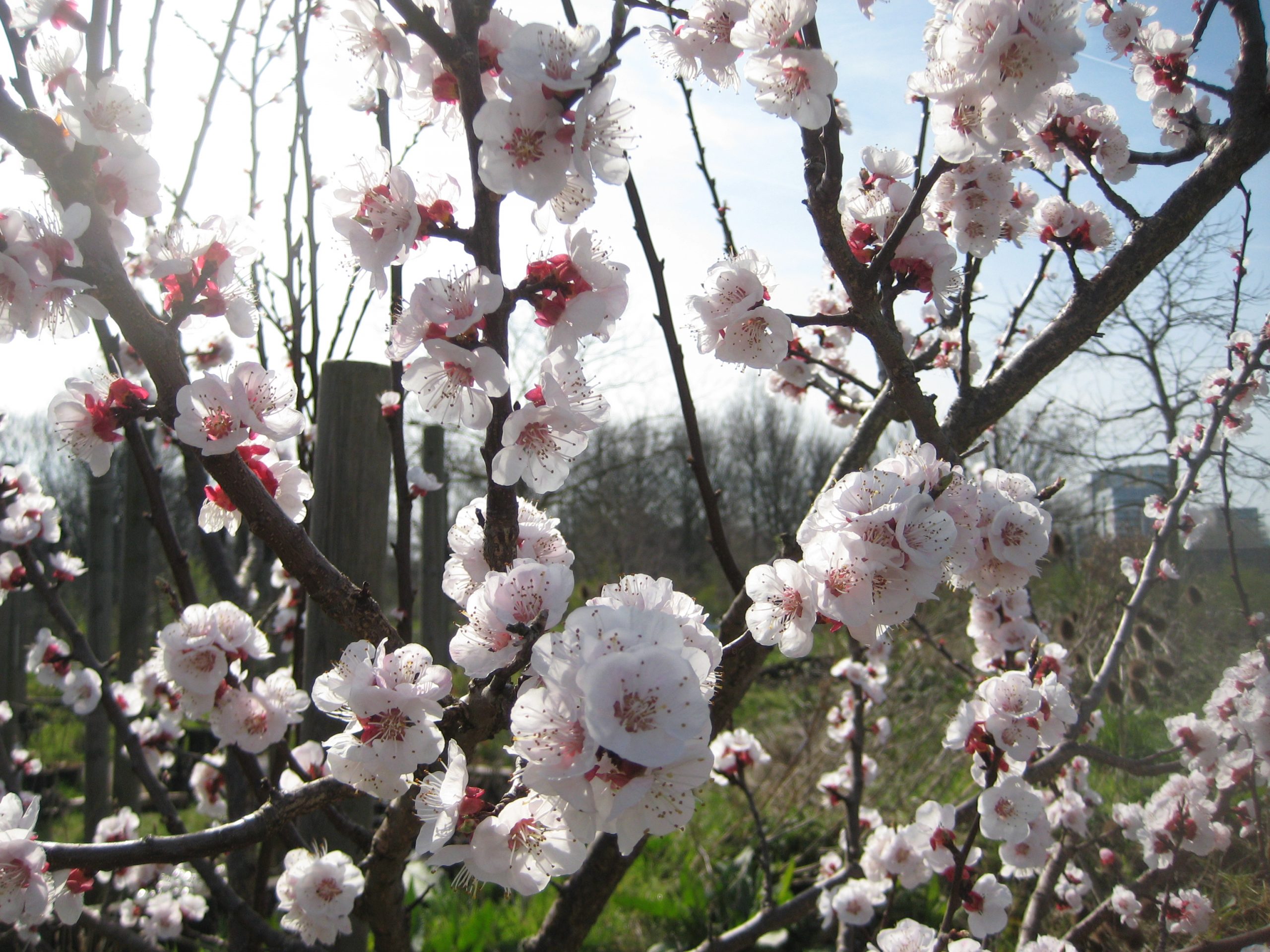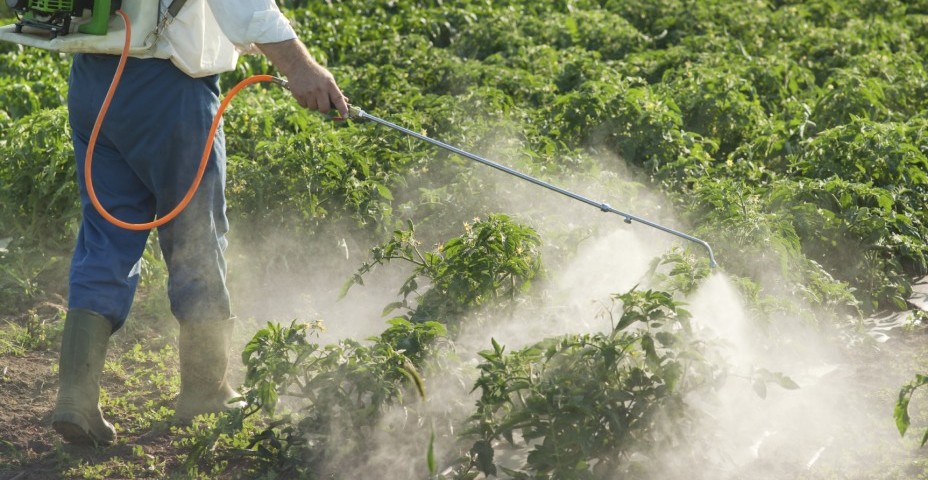USA - South Dakota farmers' crops being damaged by dicamba drifts
06.06.2019 144 views
A South Dakota farmer takes a snap of his crops and adds the temperature, wind conditions, date and other details into the text fields on his Snapchat app.
It’s part of Austin Schuelke’s record-keeping process. The Groton man fielded a phone call in mid-April while monitoring drainage pumps in his soggy fields. When it comes to crops, his mantra is document, document, document.
“I just take pictures with my phone, my Snapchat app, then type in the dates, what I saw for an observation. That’s how I was using it,” he told the Aberdeen American News.
The records helped when he noticed a patch of soybeans didn’t look so good in mid-summer 2017. He had a hunch they’d been caught in a drift of dicamba, a herbicide that will destroy a crop that hasn’t been modified to be resistant to the chemical.
“I gave those (records) to the state investigator, the liability insurance, then Monsanto came out, too. They have a regional or district rep,” Schuelke said.
Using his own records and the Dicamba Damage Survey, he filed a claim. Farmers can find the damage survey on the South Dakota Department of Agriculture’s website.
Dicamba damage claims jumped in 2017. The uptick was in line with the release of a new modulation of the herbicide. It takes out broadleaf weeds found in South Dakota croplands like kochia, waterhemp and Palmer amaranth and is applied over soybeans by a spray rig. Dicamba does the job as long as it’s married with dicamba-resistant soybeans, the correct nozzles, the exact rate of application and the right weather conditions. Those are all required per label instructions.
One farmer’s superhero crop — a good yield with nary a broadleaf weed — is another’s kryptonite. Schuelke’s soybeans weren’t dicamba tolerant. He saw the leaves changing in his 240 acres of soybeans near Verdon in southeastern Brown County.
Their leaves had turned up and in, as if hands folded in prayer. That is called cupping. It can happen for a number of reasons, but is generally a telltale sign of herbicide poisoning, according to Schuelke.
Such crop losses are tough to take as the ag economy continues to struggle.
Samples confirmed dicamba poisoning. Schuelke filed a claim with the Department of Agriculture’s Division of Agricultural Services. It’s up to the division to follow up on claims of crop damage with adjacent farmers and applicators since it’s the branch that facilitates applicator certifications for dicamba and other herbicides or pesticides.
In May 2018, Schuelke got a letter back from the Agricultural Services Division. Boiled down, it noted that Schuelke’s crop had been damaged by off-label use of the herbicide dicamba.
The kick in the Carhartts was that no further action would be taken, according to the letter, and Schuelke’s case had been closed. The letter is dated May 7, 2018, but he keeps it handy.
“It’s sitting on my desk. Every time I think about it, it angers me,” Schuelke said.
On April 17 of this year, he saw the letter and vented on his soapbox of choice, Twitter. His tweets drummed up a bit of dialogue with South Dakota Farmers Union President Doug Sombke, who also farms in Brown County.
The applicator’s Farmers Union Insurance policy denied coverage of Schuelke’s damaged soybeans. Liability only covers damage to one’s own crops. The exchange is now a ghost of tweets past, long since deleted.
The men say they go way back, as several-generations farmers do in these parts. They attend the same church. Mostly it was a venting on Schuelke’s part. The discourse stopped short before it embraced a full-on “dance with the media devil,” as Schuelke taunted at the end of one tweet.
Sombke understands his frustration. Essentially, all the letter gives Schuelke is validation and documentation if he wants to follow up with a civil lawsuit — potentially adding to his loss in the form of attorney costs and court fees.
The state could have taken action. A few options are set out in state law.
“It could be anywhere from a monetary fine to a formal warning letter. In 25% of the cases we take some kind of action,” said Tom Gere, assistant director for the Division of Agricultural Services.
But there is no requirement for Agricultural Services to take action against violators, said Maggie Stensaas, communication officer for the division.
“Our policy is to take action when a violation has been proven. At the minimum that action may be to issue a warning,” she said in a series of questions submitted by the American News.
Gere didn’t get into Schuelke’s specific claim.
“What we focus on is the label and the pesticides that were used. 2017 was probably the peak (for claims). In 2018 we got half as many issues. When the products first came out, there were some unknowns,” Gere said.
In 2017, new formulas of dicamba were introduced: Engenia from BASF Agriculture Global; FeXapan from DuPont; XtendiMax with VaporGrip from Monsanto — the latter being the one that dinged Schuelke’s nonresistant beans.
“Prior to the 2017 season, the SDDA typically handled 50 drift cases or less annually. In 2017, the SDDA drift investigations increased dramatically,” Stensaas said.
There were about 150 drift cases in 2017.
Dicamba is highly susceptible to vapor drift, and vapor drift occurs readily during what’s called an inversion. When it happens, dicamba can evaporate from the ground back into the low layer of atmosphere and drift.
“It can occur two to three days after application. It’s made worse in drought conditions,” said Laura Edwards, state climatologist.
In many areas. 2017 was a dry year.
“Temperature inversions are very common during the typical spray season of May to July. Our South Dakota Mesonet data shows that as much as 20 to 25 days per month — 70 to 80% of the time — can have temperature inversions that develop in the evening and overnight hours until morning,” Edwards said.
Mesonet is a tool from the state Extension office that helps chemical applicators predict when there’s more potential for an inversion that could cause vapor drift.
The website also helps farmers and others investigate claims by using historical data.
While drifting from a neighbor’s field can cause crop damage, conversations between those same neighbors can help avoid it. Talking about what, when and where there will be spraying can stave off potential issues.
If multiple surrounding farms are using dicamba, it can sometimes be hard to tell where damage to intolerant crops came from and the Division of Agricultural Services might have to investigate.
If a claimant receives an open-and-closed letter like Schuelke’s, he or she might have to consider filing multiple civil lawsuits to be compensated for losses.
Craig Schaunaman of rural Aberdeen has also seen his crops damaged by vapor drift.
“We had alfalfa that got drifted on. In the alfalfa, we weren’t sure what was going on. We did testing. That was in 2017. In 2018 we did have some on beans drifted on. The beans that weren’t drifted on, there was a six-bushel-an-acre difference. Our proven yield is about 44 bushels,” he said.
Schaunaman filed a complaint with the state for the fields affected by drift. He included his own test results and the names of adjoining neighbors. The state ran its own test, confirming the drift, he said, but no further action has been taken to his knowledge.
Stensaas said the Department of Agriculture decides what action to take in response to violations on a case-by-case basis.
Sombke, Schuelke and Schaunaman agree there are some farmers who can’t take the risk of a nontolerant crop getting hit with dicamba damage or any civil lawsuits in the event the state doesn’t act.
“Unless you can prove it was too windy (or) something was not right according to label through collection of evidence with your case, you don’t really have a case,” Sombke said. “The only way to get that information is to sue to get it. I think that’s wrong. We insure people to help them, not just to hang them out to dry. There needs to be something to address that from the state and also from the insurance side.”
“The biggest thing in South Dakota, we take a hands-off approach to the dicamba issue. That’s where the problems lie. (The state) is failing to do that right now,” he said
Sombke said he took a $50,000 hit from a dicamba-damaged crop.
The potential risk can leave farmers with few options.
“I think the biggest thing is guys said, ‘I’m going to plant (dicamba-tolerant soybeans) just so mine don’t get damage.’ So they knuckled under the pressure of the industry,” Sombke said.
Even with best-laid plans, things can be difficult with dicamba, which works perfectly in perfect conditions, but can also cause problems.
Sombke said he’s been through training, and it ultimately comes down to “human judgement, human error.” Claims decreased with implemented dicamba-specific training in 2018 — the number dropped to 90 from the 2017 spike, Stensaas said.
Thousands of dollars have been lost, and most farmers will just have to absorb that hit at a time when market prices are low.
Some are looking at rotating in sunflowers, and others will play the risk of non-GMO crops. But Schuelke has a feeling that if enough farmers’ claims aren’t satisfied concerning damage caused by dicamba drift, there could be a bigger dispute in the future.
“I think there’s an outside chance in the next few years,” he said. “I think there could be a class action lawsuit some day.”
Source - https://www.postregister.com/


